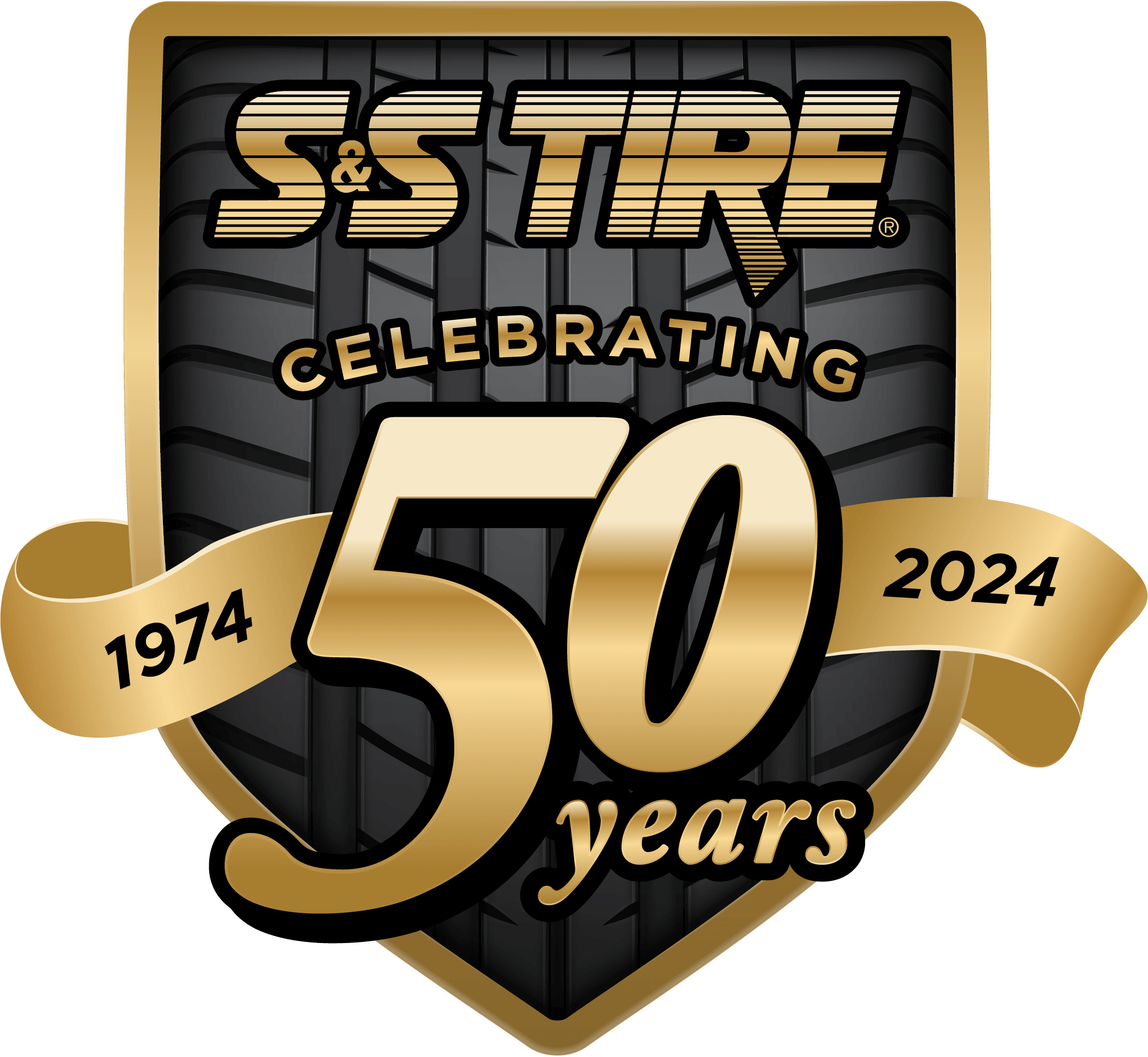 Although the terms may sound similar, all-wheel drive and four-wheel drive are very different systems. On all-wheel drive vehicles, the drivetrain has a front, rear and center differential to provide power to all four wheels of a vehicle. On a four-wheel drive vehicle, the drivetrain has two differentials and a transfer case to provide power to all four wheels of a vehicle. All-wheel drive is found on cars and crossover vehicles, while trucks and truck-based sport utility vehicles usually have four-wheel drive. Both all-wheel and four-wheel drive systems improve vehicle acceleration in slippery conditions, and can enable better handling on some types of roads or terrain.
Although the terms may sound similar, all-wheel drive and four-wheel drive are very different systems. On all-wheel drive vehicles, the drivetrain has a front, rear and center differential to provide power to all four wheels of a vehicle. On a four-wheel drive vehicle, the drivetrain has two differentials and a transfer case to provide power to all four wheels of a vehicle. All-wheel drive is found on cars and crossover vehicles, while trucks and truck-based sport utility vehicles usually have four-wheel drive. Both all-wheel and four-wheel drive systems improve vehicle acceleration in slippery conditions, and can enable better handling on some types of roads or terrain.
All-wheel drive and four-wheel drive can be worth the extra investment if you live in an area that gets heavy rain or snowfall for much of the year. Also, if you tend to do a lot of off-road driving or driving on unpaved roads, all-wheel or four-wheel drive will be a highly beneficial investment for you. Additional advantages to having all-wheel drive or four wheel drive include better traction with towing and often in some cases, added resale value.
There are drawbacks to having an all-wheel drive or four-wheel drive vehicle. All-wheel and four-wheel drive systems mean lower fuel economy and often require more maintenance than standard vehicles. An advantage that four-wheel drive offers that all-wheel drive does not is that it can be turned off, so you can only use it when you need it, saving that extra fuel cost.
If you are considering whether or not to invest in an all-wheel or four-wheel drive vehicle for safer winter driving, keep in mind that selecting the right type of tire may be the best thing you can do to enhance safety and performance.
